News 5/23/13
More than half of all doctors and other EPs (291,000) have received MU incentive payments through the end of April, according to HHS Secretary Kathleen Sebelius. HHS has met or exceeded its goal for 50 percent of doctor offices and 80 percent of eligible hospitals to have EHRs by the end of 2013, leading Sebelius to conclude that, “we have reached a tipping point” for EHR adoption.
Net Health, a provider of clinical solutions for outpatient specialty care, acquires Integris, a provider of an EMR/PM solutions for the urgent care, occupational health, and hospital employee health markets.
The New Jersey chapter of Entrepreneurs’ Organization and the Star-Ledger/NJ.com name SRS CEO Evan Steele the winner of the Garden State Entrepreneur Excellence Award in the $10M+ category.
Greenway Medical adds ClientTell’s ReminderManager patient communications solution to its Online Marketplace as a certified API solution for the PrimeSUITE platform.
Athenahealth names Midland Orthopaedics (SC) the winner of its athenaVision award for helping “make healthcare work as it should.”
DocuTrac, a provider of EMR technology for behavioral health, will add DrFirst’s e-prescribing technology into its QuicDoc EMR Professional and Enterprise edition software.
Cerner’s PowerChart Touch mobile solution receives a bronze award for Best Clinical Health Care Experience at the 2013 International User Experience Awards.
Greenway Medical announces the availability of its PrimeMOBILE mobile access solution for the Windows 8 platform.
PracticeMax, a provider of PM and technology services for physician offices, acquires the Phoenix-based ABC Medical Management, a provider of billing and PM services for anesthesia and pain management specialists.
More than one third of physicians participating in a CareCloud/QuantiaMD survey predict their practices will be less profitable in the next year, compared to 22 percent foreseeing increased profits. The biggest perceived threats to profitability were declining reimbursements, rising costs, ACA-related requirements, and coding and documentation changes. Other key findings from the survey of 5,102 physicians include:
- Almost half believe that increased operational and billing pressures will leave their practice unable to accept any of the expected influx of insured patients from the implementation of the ACA.
- A mere nine percent were “very confident” in the current process for getting paid.
- The majority of physicians spend more than 20 percent of their time coding, documenting, and performing administrative tasks, rather providing than patient care.
- Almost sixty percent of independent physicians were not looking to sell their practices.

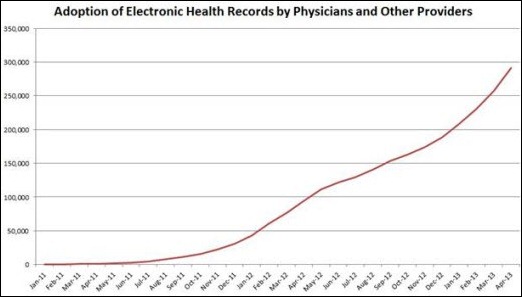

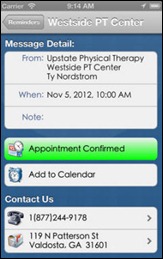
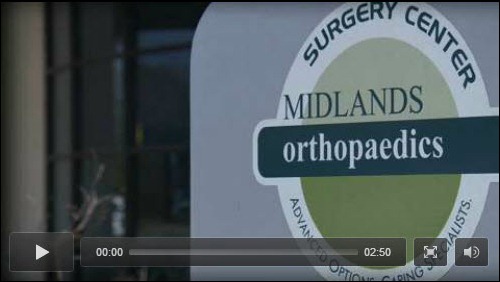
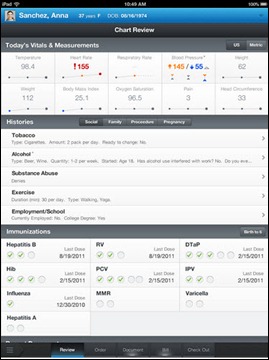

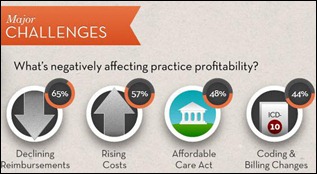

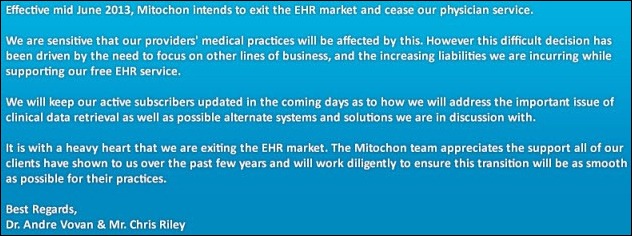
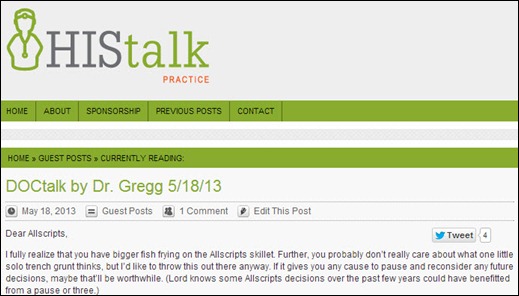

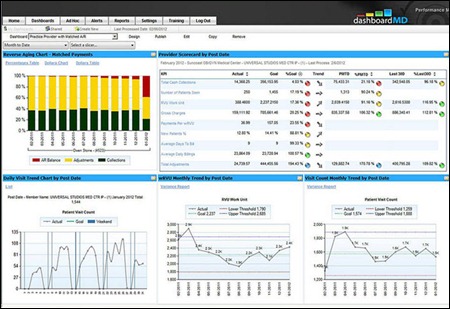
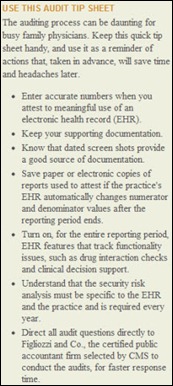

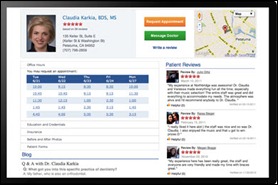





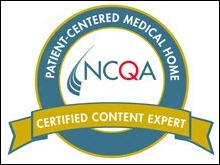



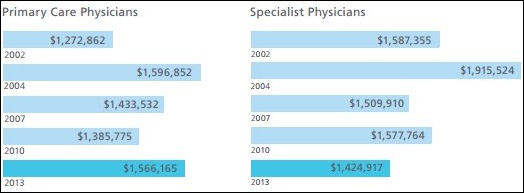

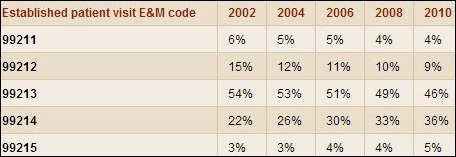
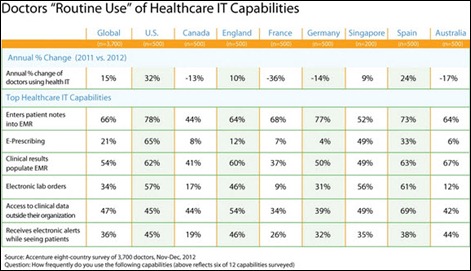
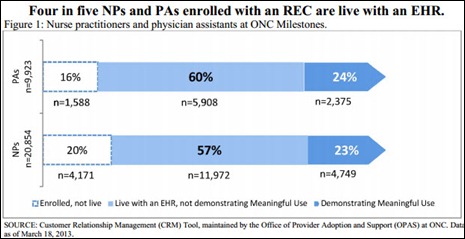
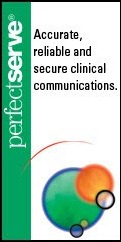

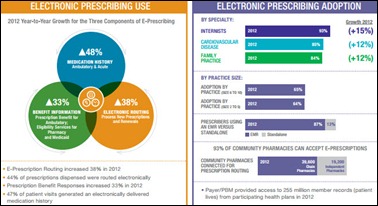
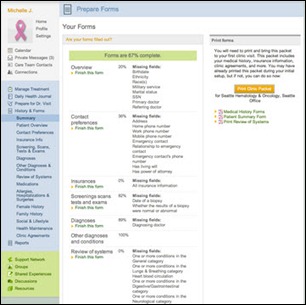

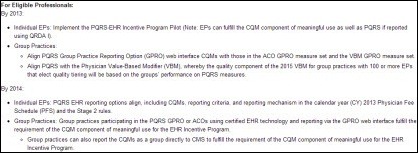
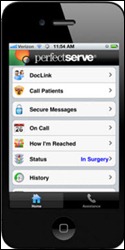


The article about Pediatric Associates in CA has a nugget with a potentially outsized impact: the implication that VFC vaccines…